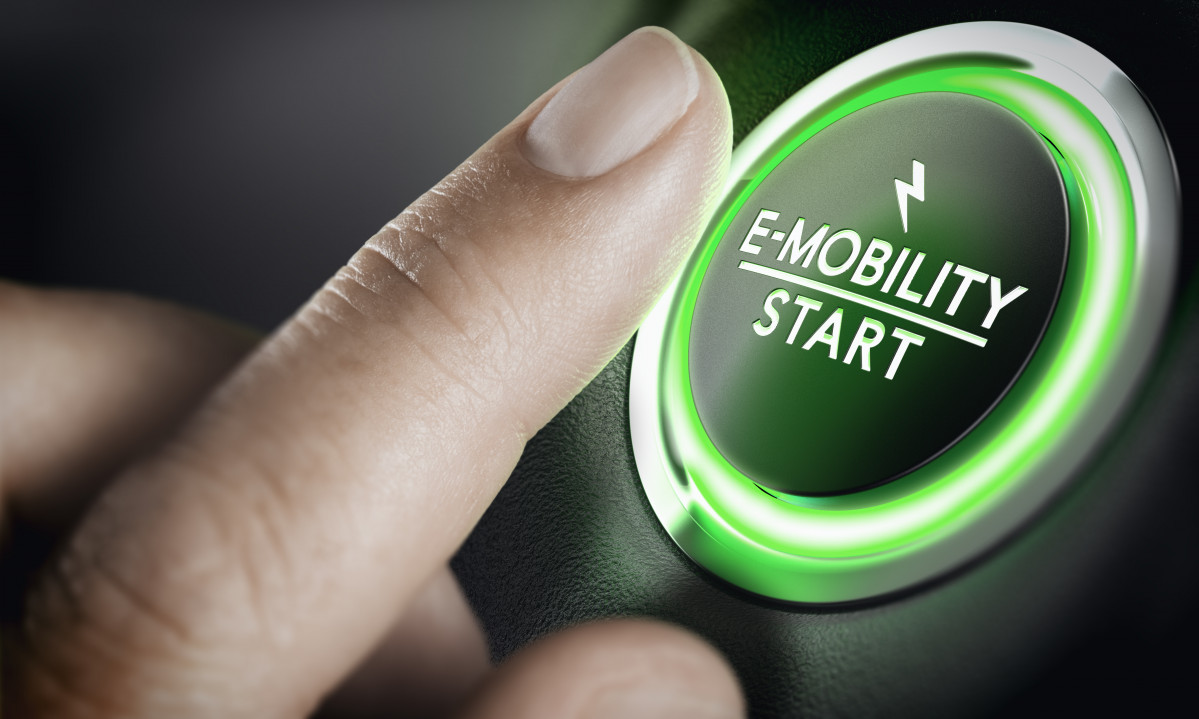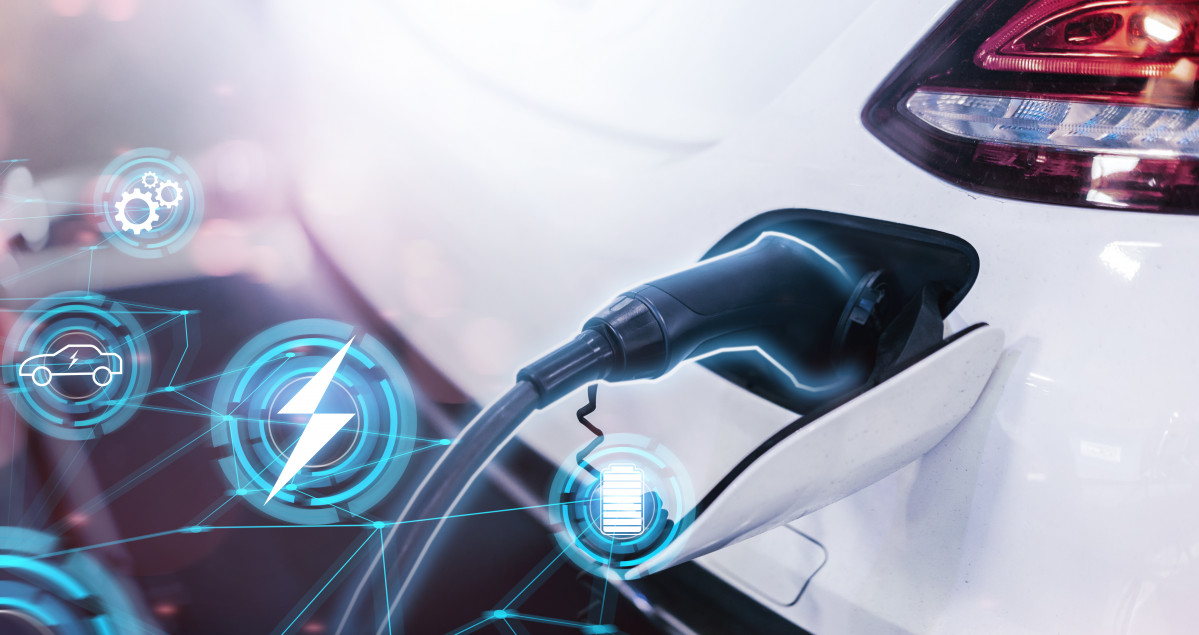We are currently experiencing the greatest upheaval in vehicle drive technology since the invention of the automobile. The main focus is on the carbon footprint of the entire life cycle of a vehicle, from production and operation to recycling. The focus of the analysis is on the energy source. The operation of electric vehicles, insofar as the electricity stored in the batteries is generated by alternative energy production, is CO2-neutral.
As an innovative partner to our customers, we actively explore new drive technologies and participate in the development of such systems and the design of new products.



